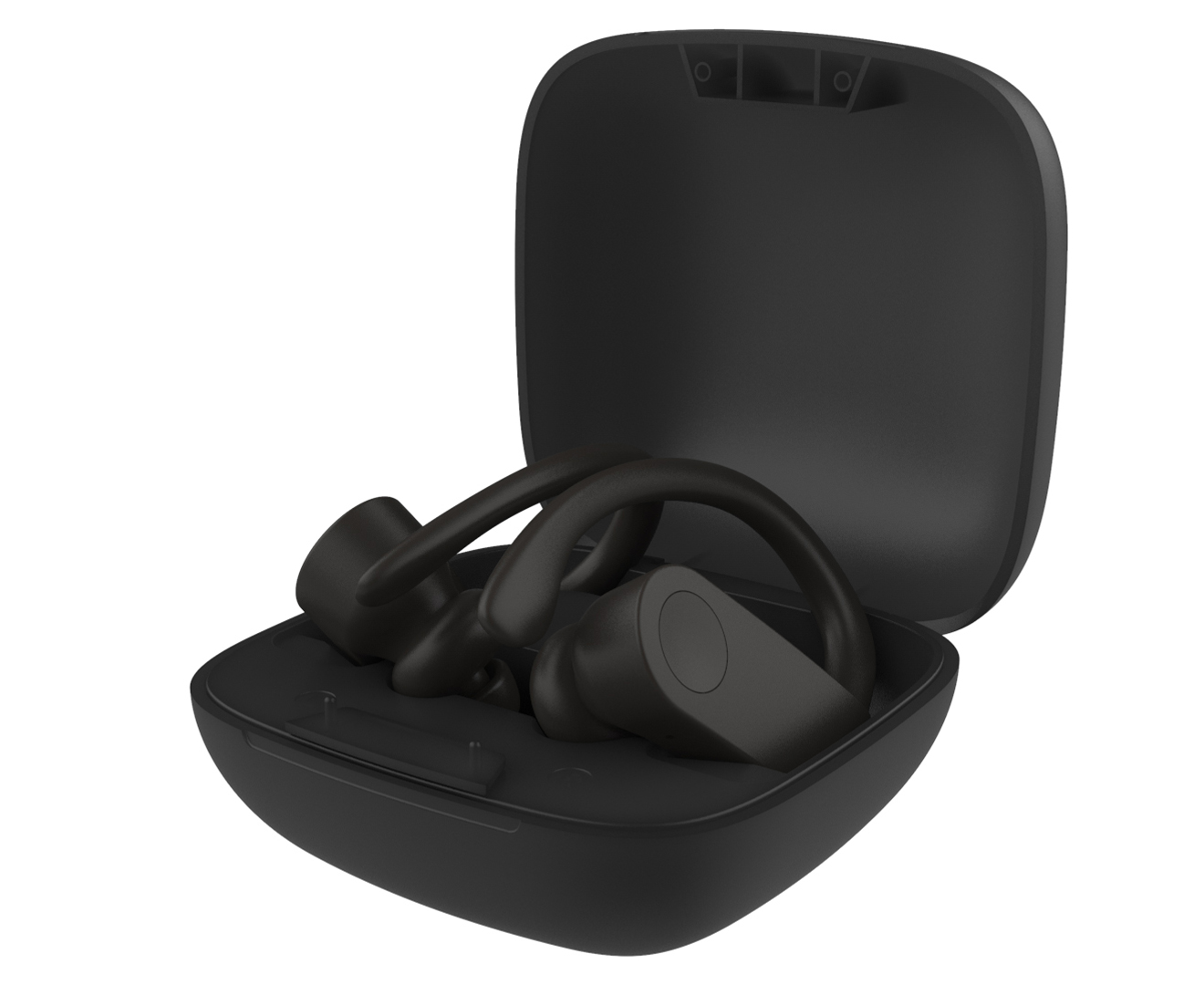

It needs much less energy to operate and can also be used for broadcast or mesh networks in addition to allowing communication over point-to-point connections between two devices. Both operate using the same frequency band, but Bluetooth LE is the more popular option, by far. There are two types of Bluetooth technology as of 2020: Bluetooth Low Energy (LE) and Bluetooth Classic (more formally known as Bluetooth Basic Rate/Enhanced Data Rate, or BR/EDR). Making sure that Bluetooth devices and other wireless communications technologies don't interfere with one another is essential.

Since standard headphones don't use the charging port to transfer the audio, you can use them while charging your phone.Many devices that you may already use take advantage of this same radio-frequency band, including baby monitors, garage-door openers and the newest generation of cordless phones. Standard headphones get their power from the device itself, which eliminates the need for batteries. Even though a number of smartphone makers have removed the headphone jack from their phones, most phones still retain it. The mass majority of portable devices still use the 3.5mm headphone jack, so it's not hard finding devices you can use standard headphones with. One of the biggest benefits of standard headphones is ubiquity. This raw electrical current is then converted into audio by the speaker of the headphones. This is done with a chip called the digital to audio converter (DAC).Īfter it passes the DAC, it's a raw electrical current. In order for the user to hear audio with standard headphones, the digital signal needs to be converted into an analog signal. Standard headphones are those you see that usually you usually connect to a device with a wire and a headphone jack.


 0 kommentar(er)
0 kommentar(er)
